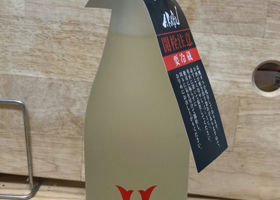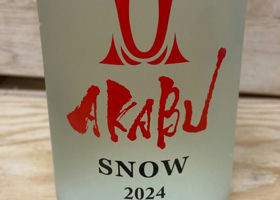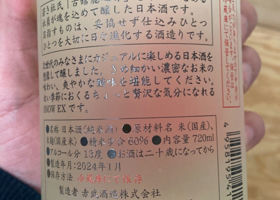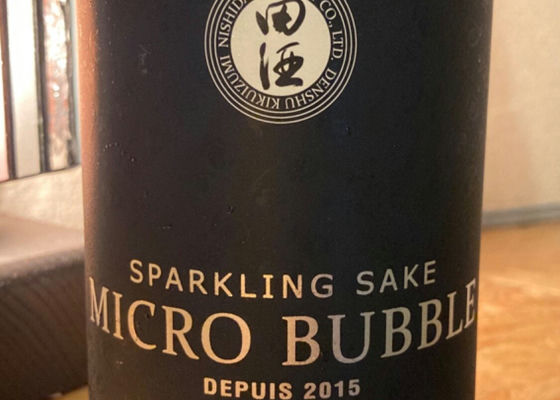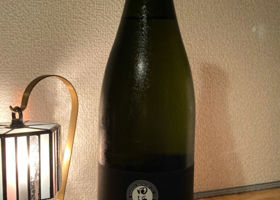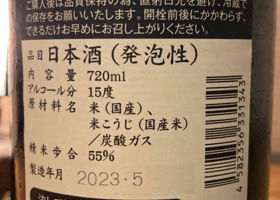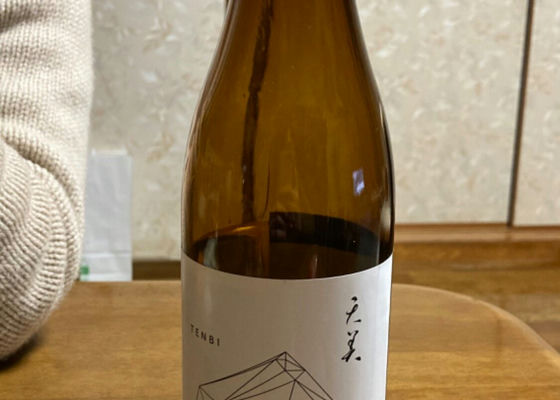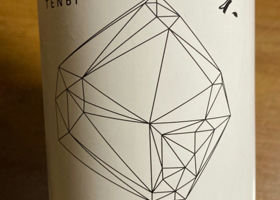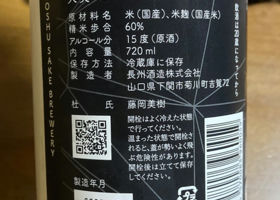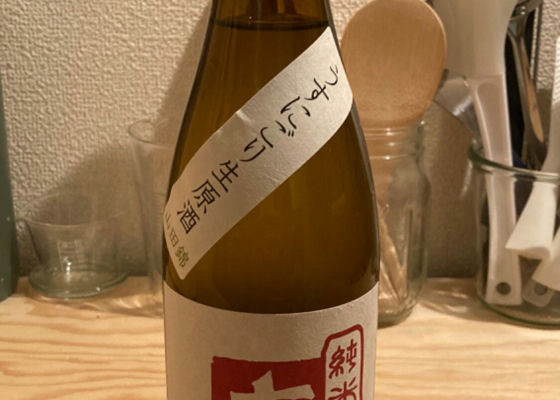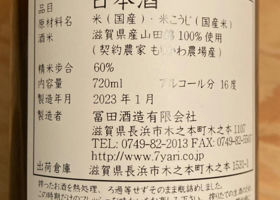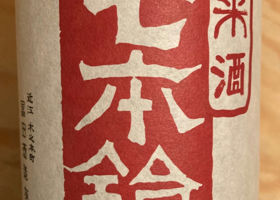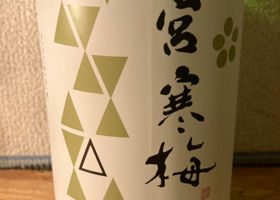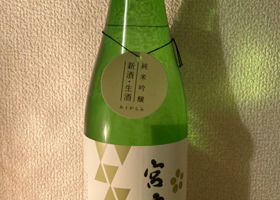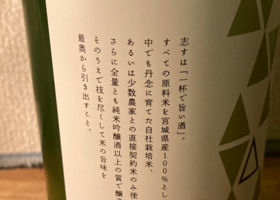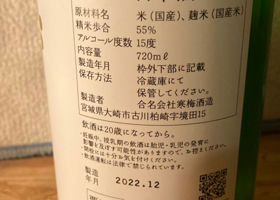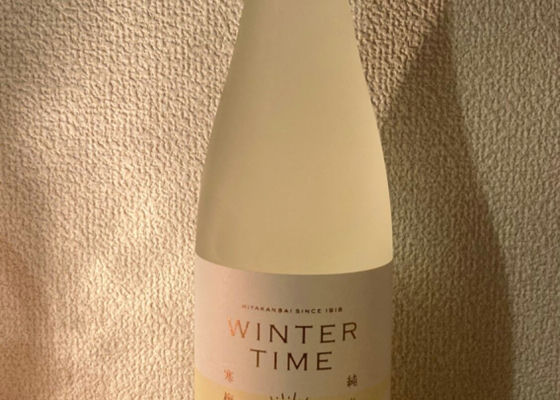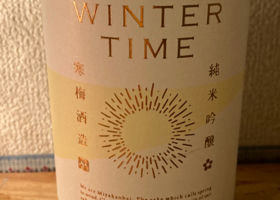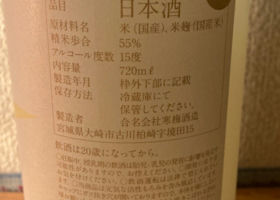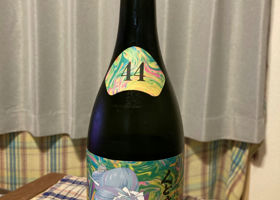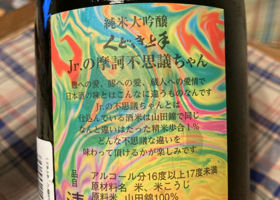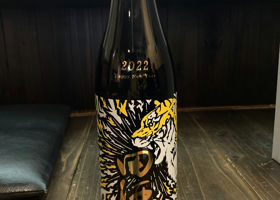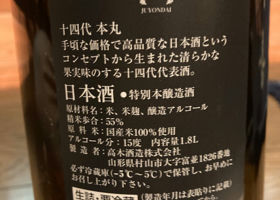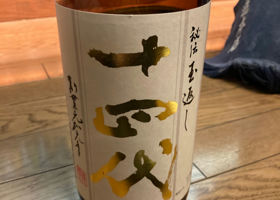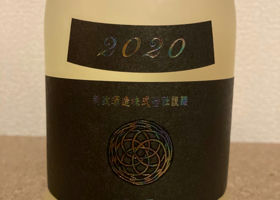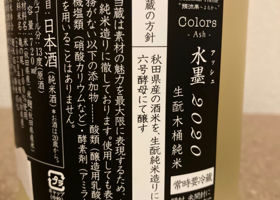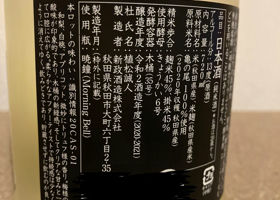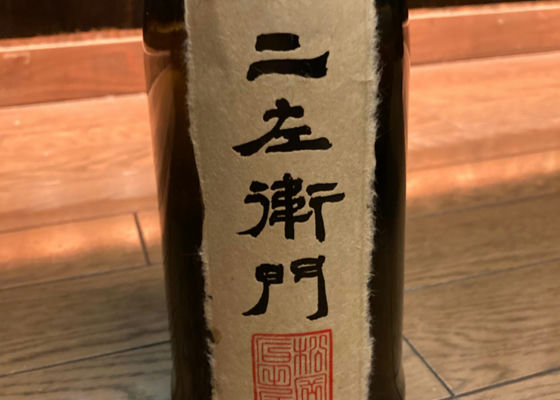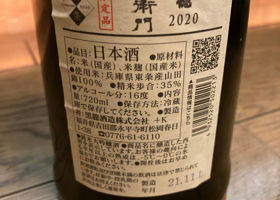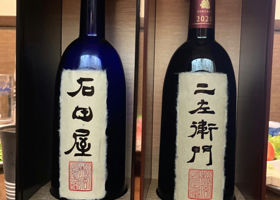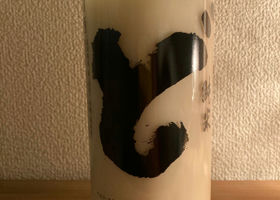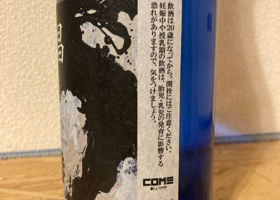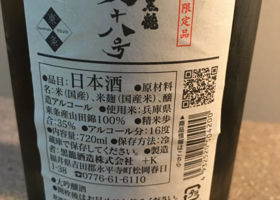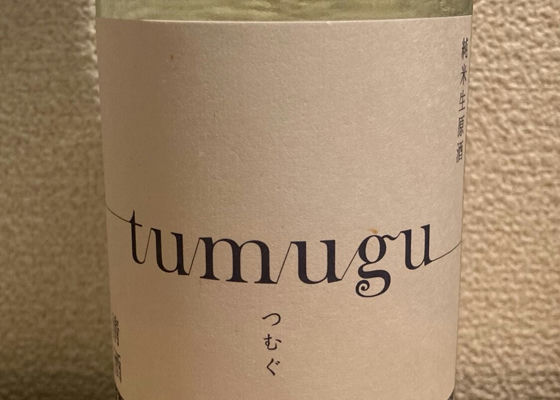


気狂い人
memo
The name "tumugu" was given by employees who participated in volunteer activities, with the prayer that the wishes of those who wish for the recovery of the Tohoku region will be connected to the future.
We have been contributing to the accelerated reconstruction of the areas affected by the Great East Japan Earthquake that occurred in 2011.
At the same time, in the Zairyo district of Minamisanriku-cho, Miyagi Prefecture, which was devastated by the tsunami, we have participated in volunteer activities such as farming and fishing for nine years, and have interacted with the people in the affected areas.
The connections formed through these exchanges led to the creation of "tumugu" sake using Hitomebore, which was newly grown in the rice paddies of the area. Brewing was done by Kawamura Sake Brewery, a limited partnership in Hanamaki City, Iwate Prefecture.
Sake: "tumugu" Junmai Sake, limited edition, not for sale
Brewer: Kawamura Sake Brewery (Hanamaki City, Iwate Prefecture)
Ingredients: Rice (domestic), rice malt (domestic)
Rice used: 100% Hitomebore
Rice polishing ratio: 60
Alcohol content: 15 to 16 degrees
Source: https://www.denka.co.jp/sustainability/sponsorship/tsumugu/
Japanese>English
